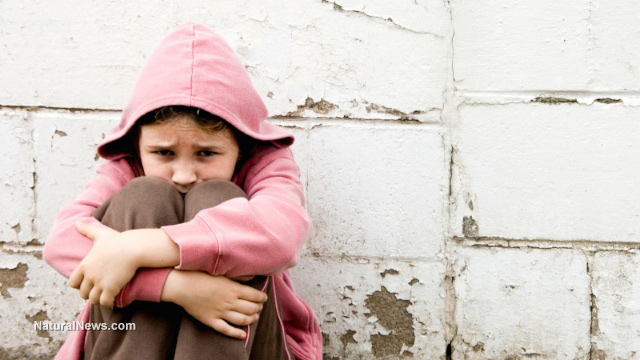
Advertisement
In 2014, USA Today published a story reporting that President Obama was seeking congressional changes to a 2008 law that would essentially allow U.S. Border Patrol officials to deport immigrant children more quickly.
According to the paper, the 2008 law (which was signed by President George W. Bush) requires that all unaccompanied minors “must be handed over to the Department of Health and Human Services, which coordinates care for them, finds them safe housing and helps advise them on their legal rights as their immigration cases are decided.” Obama, according to the report, wanted changes made so that, ostensibly, the deportation process would be shortened and quickened.
The report came as the U.S. southwest border was being inundated with tens of thousands of migrant children who were flooding into Texas and Arizona, mostly, in large part because of an earlier policy action the president had taken.
As reported by CNN June 16, 2012:
In an election-year policy change, the Obama administration said Friday it will stop deporting young illegal immigrants who entered the United States as children if they meet certain requirements. …
In a Rose Garden address Friday afternoon, President Barack Obama said the changes caused by his executive order will make immigration policy “more fair, more efficient and more just.”
This “is not something we should tolerate”
Word of Obama’s order spread throughout Mexico and Central America; over the next two summers, children poured into the U.S. hoping to “qualify” for that supposed non-amnesty. In the end, the administration sent word to its border control and immigration bureaucracy: Find a place in the country for the new arrivals. So they were sent to cities and towns all around the country, where they have been provided food, shelter and an education.

If only the Obama Administration had as much “compassion” for homeless American children.
According to a new report by the National Center on Family Homelessness at the American Institutes for Research, child homelessness has reached a historic high. As reported by Newsweek, which cited the report’s findings:
One out of every 30 children in the U.S. experienced homelessness last year. That makes nearly 2.5 million children who, in 2013, lived in shelters, on the streets, in cars, on campgrounds or doubled up with other families in tight quarters, often moving from one temporary solution to another….
Titled “America’s Youngest Outcasts,” the report also notes that the number of homeless children has skyrocketed in recent years especially, with the figure rising 8 percent in just one year, from 2012 to 2013.
“As a nation of wealth and opportunity [one in 30 children] is not something we should tolerate,” said Carmela DeCandia, director of the National Center on Family Homelessness, in an interview with Newsweek. “We haven’t been paying attention… we need to before the goal becomes out of reach.”
In 2010, the U.S. Interagency Council on Homelessness devised a plan, which it called “Opening Doors,” stating that its goals were to end chronic and veteran homelessness by next year (2015), and by ending children, youth and family homelessness by 2020.
But the recently released report notes that, though the federal government has initiated some measures aimed at addressing the first half of its goal and has been successful in reducing the number of homeless vets and chronically homeless persons, “children and families have not received the same attention–and their numbers are growing.”
It has “reached an epidemic proportion“
No doubt the recent influx of immigration children has only worsened the problem, but clearly it existed well before last summer’s illegal immigrant children onslaught.
The new report draws upon data from the U.S. Department of Education and the Census Bureau; it found that children are homeless in every county and state in the country — rural and urban areas, towns and major cities, DeCandia said.
And while numbers of homeless kids in metro areas like Los Angeles, San Francisco and New York City are high, there is also clearly a homeless child problem in rural areas, “where support services may be more difficult to access,” Newsweek reported, quoting the expert.
While the researchers expected to see an increase from the 2012-2013 period, “how much of an increase was the most alarming fact,” DeCandia told the magazine. “It’s really reached an epidemic proportion.”
Sources:
//www.usatoday.com
//www.cnn.com
//www.newsweek.com
//www.charlotteobserver.com
This article may contain statements that reflect the opinion of the author
Advertisement
Advertisements















